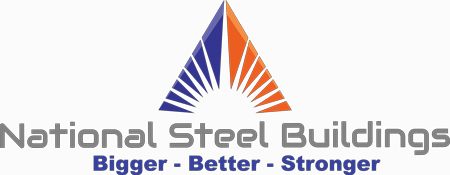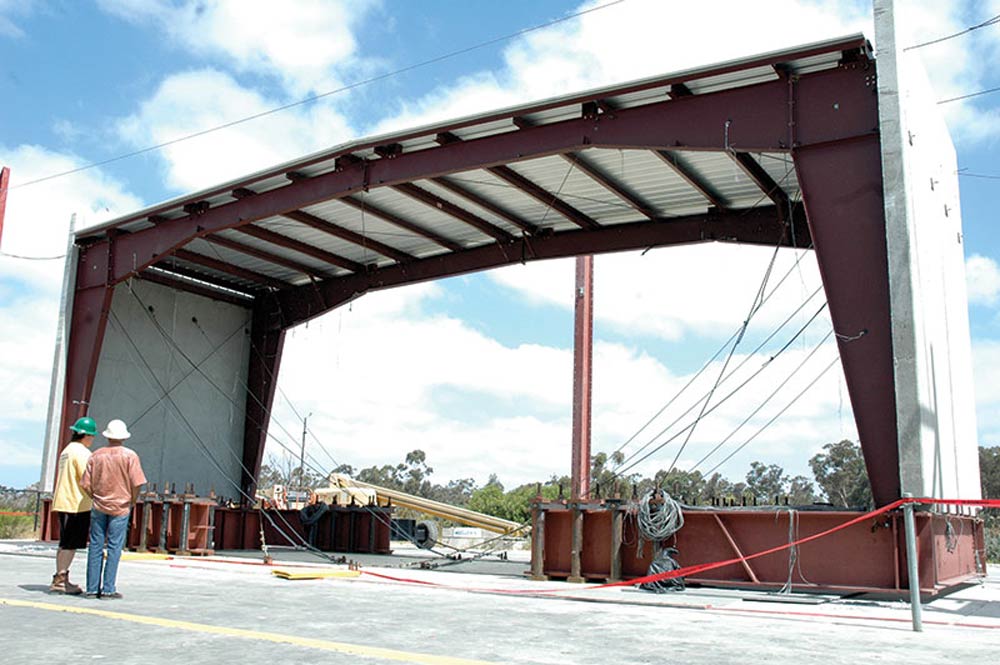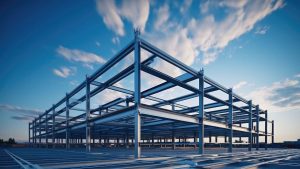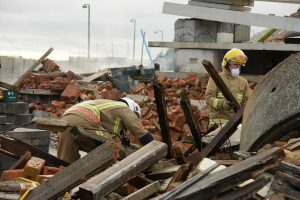Earthquakes pose significant risks to buildings and infrastructure in seismically active regions. Ensuring the safety of inhabitants and minimising damage during such events is of paramount importance.
Selecting the right construction materials and techniques is crucial in mitigating the destructive effects of earthquakes. One such material that has proven advantageous in earthquake-resistant construction is steel.
This blog will explore the various properties of steel that make it a suitable choice for earthquake construction, the different steel construction techniques utilised, real-life case studies, and the economic and environmental benefits of using steel in construction.
By understanding the benefits of steel in earthquake construction, we can better appreciate its role in creating safer and more resilient buildings.
Material properties of steel
Steel possesses a high strength-to-weight ratio, which is a critical property in ensuring structural stability during earthquakes. This characteristic allows the steel to support considerable weight while maintaining a relatively low mass, reducing the seismic forces acting on the structure. As a result, steel-framed buildings are better equipped to withstand the forces generated during an earthquake.
Additionally, steel is highly ductile and flexible, enabling it to bend without breaking when subjected to seismic forces. This inherent ductility allows the steel to absorb and dissipate energy during an earthquake, reducing the likelihood of structural collapse.
Furthermore, steel is resistant to fire, providing an added layer of safety in the event of post-earthquake fires and lowering the risk of structural failure.
Steel construction techniques
Various steel construction techniques have been developed to enhance the earthquake resistance of buildings. One such approach is the use of steel frame systems, which include moment-resisting frames and braced frames.
Moment-resisting frames are designed to transfer lateral forces through the connections between columns and beams, while braced frames utilise diagonal braces to provide additional lateral stability.
Base isolation systems are another innovative technique that incorporates steel in earthquake-resistant construction. By employing steel bearings, these systems isolate the building from the ground, reducing the transmission of seismic forces and enhancing overall stability and safety.
Additionally, steel reinforcement can be used to strengthen concrete structures, improving their ductility and enabling them to better withstand the effects of earthquakes.
Case studies of steel used in earthquake-resistant construction
Numerous examples of steel-framed buildings in earthquake-prone regions have demonstrated their resilience in the face of seismic events. For instance, the 1995 Kobe earthquake in Japan caused widespread devastation, but steel-framed structures generally fared better than their concrete counterparts. This real-world evidence highlights the efficacy of steel in providing improved seismic performance.
Innovative steel designs and technologies are continually being developed in the field of earthquake engineering, with the potential to further improve the earthquake resistance of buildings. Cutting-edge steel-based solutions, such as shape memory alloys and advanced damping systems, are being explored for their potential to enhance the performance of structures during seismic events.
Economic and environmental benefits of Steel in Construction
Steel structures offer several economic benefits, including longevity, durability, and lower maintenance costs. The strength and resilience of steel mean that buildings constructed using this material can withstand the test of time, requiring less frequent repairs and maintenance. This results in overall cost savings for building owners and occupants.
From an environmental perspective, steel is highly sustainable and recyclable, with a reduced environmental impact compared to other construction materials. As a readily recyclable material, steel can be repurposed multiple times without significant degradation in quality, promoting a circular economy and reducing waste.
Conclusion
In conclusion, steel offers numerous benefits in earthquake-resistant construction due to its high strength-to-weight ratio, ductility, and fire resistance. By employing innovative steel construction techniques, such as steel frame systems and base isolation systems, structures can be designed to better withstand the forces generated during earthquakes. Real-world case studies and




